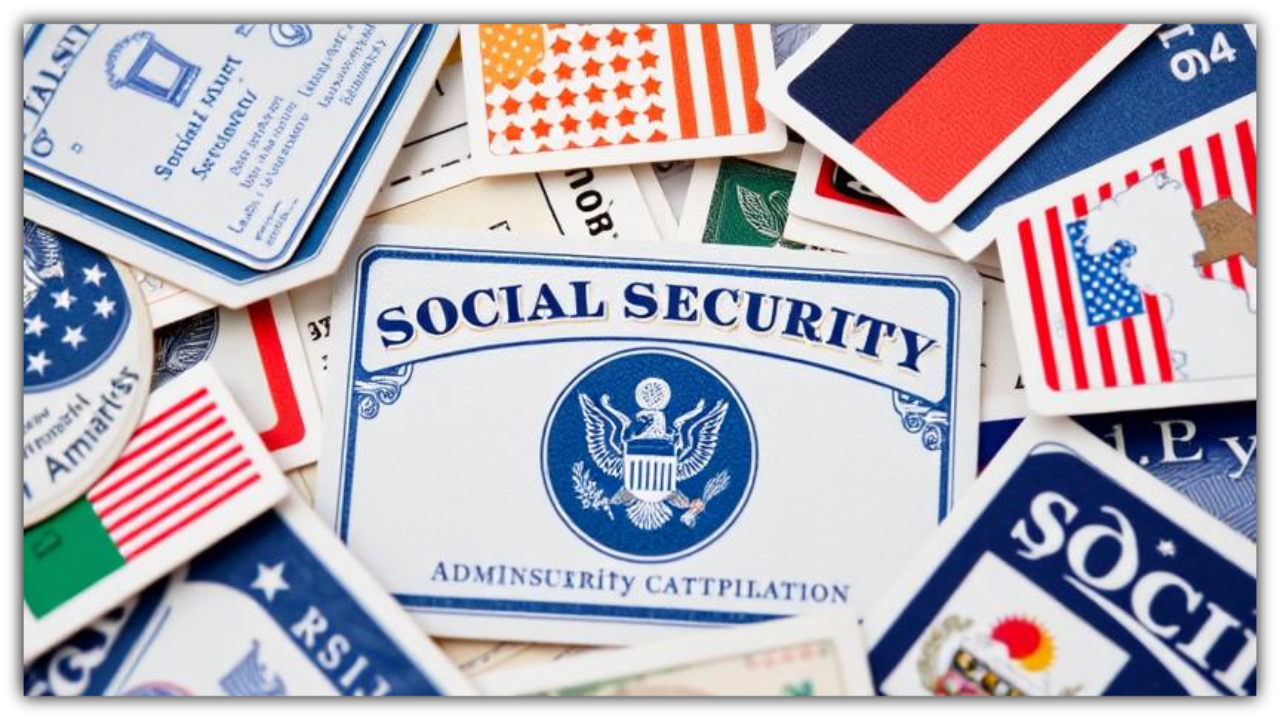There are an increasing number of employees who steal from their retirement funds. According to a recent poll by Bank of America, which keeps track of the employee benefit programs of roughly 4 million clients, the number of people taking hardship withdrawals from their 401(k) increased by 12% from the first three months of the year and by 36% from year to year in the second quarter.

Recognizing the effects
Also rising was borrowing against retirement funds. 2.5% of 401(k) participants borrowed money from their employer-sponsored plan stash in the second quarter, up from 1.9% in the year’s first three months.
In an article from Yahoo Finance, experts are concerned that people are starting to treat these accounts more like savings than retirement funds and might even be motivated to contribute more in the future owing to a change in the legislation that might have an unintended negative impact.
According to Steve Parrish, adjunct professor and co-director of The American College of Financial Services’ Center for Retirement Income, he worries that people will dip in and out of their retirement plans. The current rise in withdrawals and loans could be a sign of future changes.
The average worker hardship withdrawal from a 401(k) plan in the second quarter of the year was $5,050, according to a Bank of America poll, matching the average withdrawal of $5,100 in the first quarter.
An average of $8,550 was borrowed by each participant. The Gen X generation has the greatest percentage of outstanding loans (22%) followed by the millennial generation (14.5%).
Withdrawals are obviously bad for savers because they result in significant taxes and penalties in addition to the money being lost and stolen from your future self.
A 401(k) withdrawal is normally subject to ordinary income tax. Additionally, unless you fall under one of the IRS exceptions, you will be subject to a 10% early withdrawal penalty before the age of 5912. These include up to $10,000 for first-time homebuyers, eligible tuition payments, and specific medical expenditures. There are several employment programs that also permit non-hardship withdrawals.
When you take out a loan, you take money out of your retirement savings and repay yourself, often within five years and with interest, which is deposited back into your account.
You could have to pay back your loan in full right away if you quit your employment. When you are unable to pay back the loan, it is deemed defaulted, and if you are under 59 12, you will be required to pay taxes as well as a 10% penalty.
They can access their accounts, according to Parrish, but they must be aware of the repercussions.
READ ALSO: The Impact of the Employee Retention Tax Credit on Your Retirement Savings
Putting short-term costs ahead of long-term savings
Money can be withdrawn from these accounts for a variety of reasons, including paying off high interest credit card debt—interest rates on credit cards are at or near 40-year highs—medical expenses, home upgrades, purchasing a car or a house, or simply to get by right now.
According to Lisa Margeson, managing director of external affairs, retirement research, and insights at Bank of America, in 2023, participants will be forced to withdraw from their retirement funds due to the increase in living expenses and immediate financial demands.
The results are consistent with other recent information on retirement account raids. According to a 2023 survey conducted by the nonprofit Transamerica Center for Retirement Studies (TCRS) in partnership with the Transamerica Institute and released in July, nearly 4 in 10 (37%) of workers have withdrawn money from their 401(k) or other retirement plan or IRA early, under hardship, or both. According to the study, a sizable 28% of Gen Z workers, 24% of millennials, 19% of Gen X, and 12% of boomers had made a hardship withdrawal.
According to a recent Vanguard research, a record-breaking 2.8% of members in 401(k) plans made a hardship withdrawal last year, up from 1.9% in 2018 and 2.1% in 2021.
READ ALSO: IRS Raises Maximum Contribution Limit for Retirement Savings Plans in 2022




